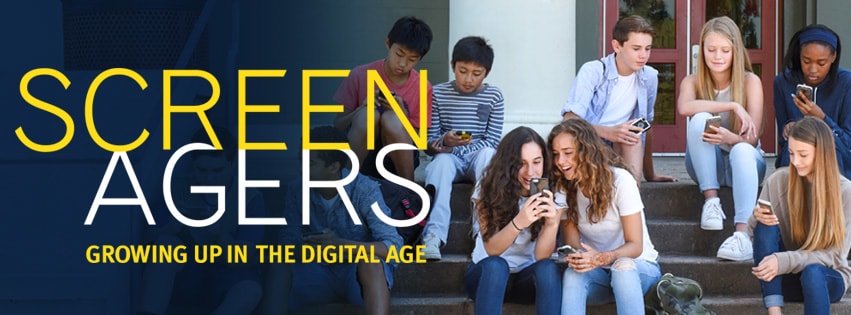Many parents express feeling overwhelmed and helpless around managing their child’s digital media world. Instagram, X-box, Snapchat, Facebook, Netflix, Twitter, Text, Television, Youtube, Hulu, Amazon, the list is endless.
A study done by Common Sense Media said tweens and teens are spending, conservatively, an average of five-to-seven hours per day on some form of digital media for enjoyment purposes. Some studies indicate it’s actually upwards of nine hours a day. Teens express the feeling of FOMO (Fear of Missing Out), which keeps them latched to their devices for most of the day and often late into the night.
As a result, digital overload is common and symptoms mirror anxiety and depression. Many children are experiencing symptoms of lethargy; difficulty concentrating; disconnection; obsession with screen time; challenging sleep patterns; and irritability, to name just a few.
Education and boundaries are key in helping our children develop a positive relationship with the digital world. When our children learn to drive, we are forced to sit in the driver’s seat and instruct and correct them. We would never hand them the keys to the car and let them drive unsupervised. We know the dangers of driving, so we put a lot of energy and boundaries ensuring they do it correctly to keep themselves and others safe. With digital media, we are being tasked with helping our children develop appropriate boundaries with their social media in order to ensure good emotional and physical health.
On Tuesday, January 31 from 6 p.m. – 8 p.m., Sierra Expeditionary Learning School (SELS) is hosting a FREE screening of the acclaimed documentary Screenagers at the District Office Board Room, along with a panel discussion to conclude the evening.
This film focuses on how our teens and preteens are being affected by the unparalleled influences of digital media and the use of computers, video games, and smart phones.
Some of the topics we will be covering during the panel discussion include:
How parents can easily maintain power and control over their child’s use of technology
What is appropriate technology use?
How to devise at-home Social Media/Digital Use Contracts to be used with your children
Safeguards to implement at home to keep your student safe
What research says about how sleep patterns and school studies are impacted by technology use
Digital media continues to evolve and grow and we can expect even more use in the future. By understanding the unique challenges facing our students with this plethora of digital connections and setting appropriate boundaries, we can help them navigate this process in a healthy and productive manner.

